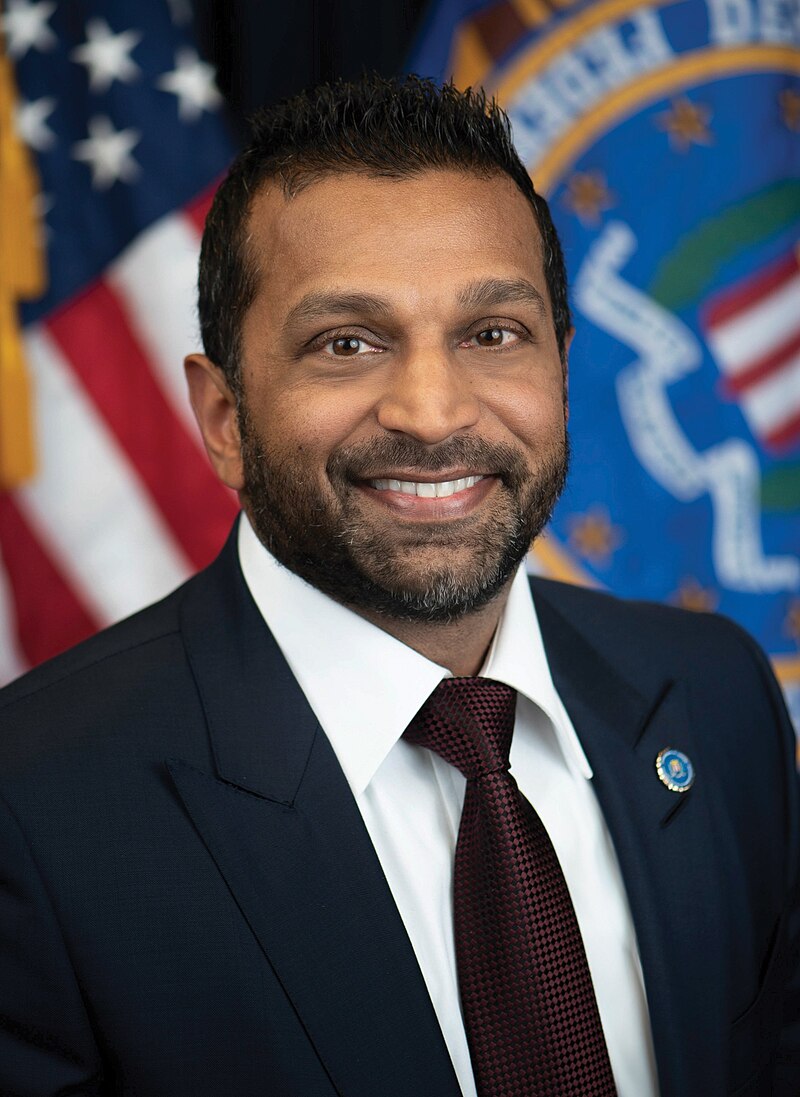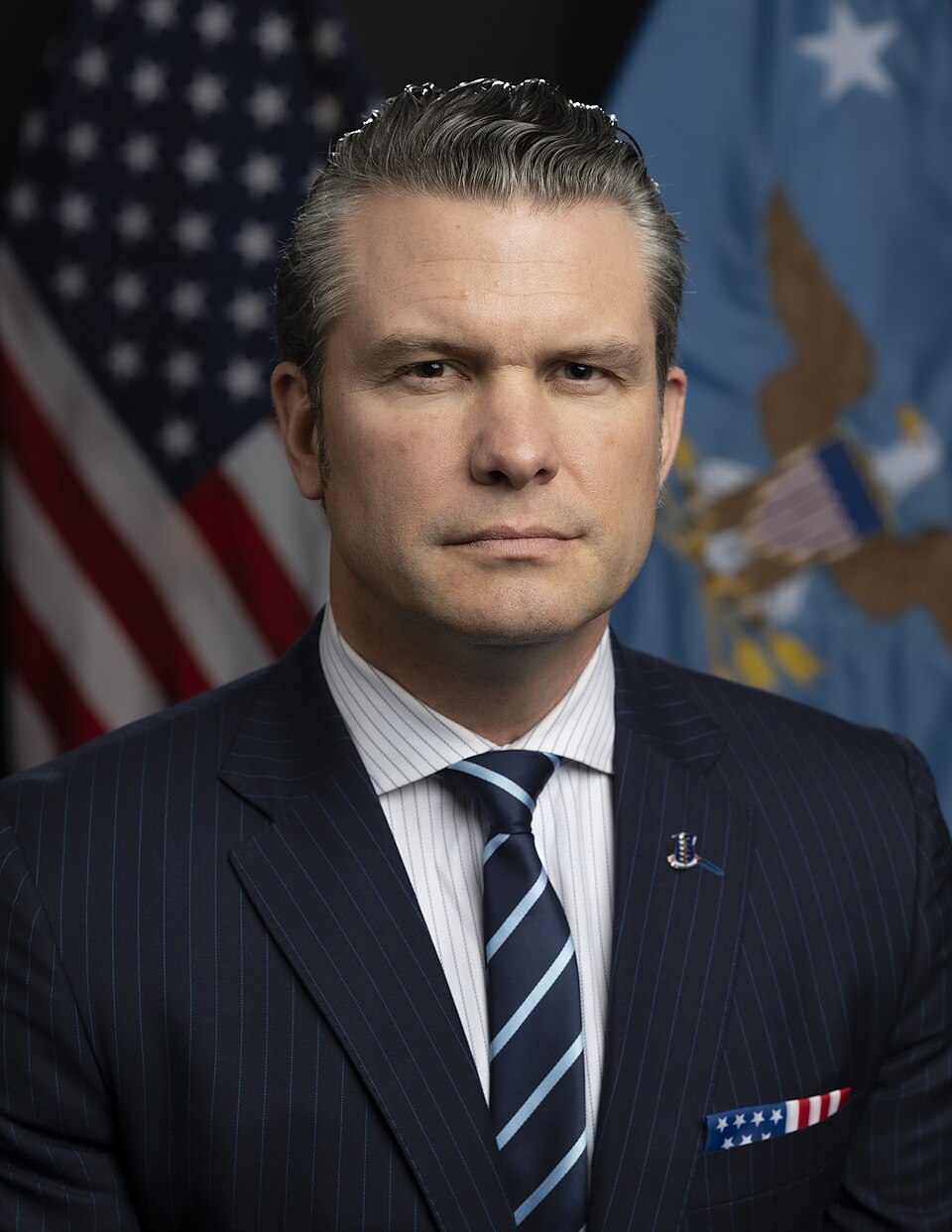By Ross Parker
ticklethewire.com
2016 has had significant developments in the many categories of the criminal justice arena. Here are some numbers in a few of those categories.
64 and 135 – Law Enforcement Line of Duty Deaths and Murders

2016 was a dangerous year for police and other law enforcement officers. 135 officers suffered on the job deaths, up from 123 in 2015. This number was the highest since 2011. And the number one cause was as victims of shootings, up tragically to 64 from 41 last year. 21 of these were from ambush-style shootings, the highest number in over two decades.
Although there has been much controversy about animosity between police and racial minorities, the great majority of the killers were white. Many of those responsible were either mentally ill or claimed to be “sovereign citizens” or members of hate groups.
The average age of those officers who died on the job was 40 years, and the average length of service was 14 years. Six were women police officers, the same number of federal agents who died in the line of duty.
These statistics, as well as other factors, have had a seriously negative effect on police morale, early retirements, and recruitment difficulties. It’s a dangerous job to protect and serve.
1,324 – President Obama’s Clemency Grants
The President has issued more commutations (sentence reductions) and pardons (setting aside of convictions) than the last 11 Presidents combined. For example President Clinton exercised clemency a total of only 61 times during his 8 years in office. And, with 958 petitions still pending, Obama still has three more weeks to increase those numbers.
95 of this number were pardons. The rest were commutations. The overwhelming majority of the commutations involved “non-violent” drug offenders who received long sentences under then-existing mandatory minimum and high guideline sentence rules, some of which have since been reduced. Most of these commutations reduced sentences which will permit the offenders’ release in the next year or so. For example, many 30 year sentences were reduced to 20 years.
The majority of those receiving reductions were Hispanics or African Americans who had received the sentences before drug penalties were overhauled.
Obama and some bi-partisan support have also reduced sentence laws and guidelines. This has resulted in early release for tens of thousands of inmates.
20 and 30 – The Number of Executions and Death Sentences
With 20 executions and 30 people sentenced to death in 2016, the use and public tolerance for the supreme penalty continues to spiral down. The executions were the lowest number since 1991. The number has declined every year for the last 7 years. Likewise the number of sentences of death is the lowest figure since the death penalty was reinstated in 1972.
What is perhaps even more significant about the number of executions is that they occurred in only 5 states, Georgia (9), Texas (7), Alabama (2), Florida (1) and Missouri (1). The cases were largely confined to a few counties in these states.
This past week the United Nations with the support of 117 countries called for a worldwide moratorium on the death penalty.
The factors driving this trend include public fear of discrimination for those who are sentenced to death, the prospect of “botched” executions, the substantial costs of capital prosecutions and incarcerations, and the release of 130 death row inmates who have presented evidence of their innocence. Nationwide the average cost of each death penalty prosecution is estimated to be $2.4 million. California claims to have spent $4 billion in total on these cases and has not managed an execution in several years.
Even a “conservative” Supreme Court seems to be increasingly reluctant to approve the ultimate penalty. It has struck down various death penalty practices in several states, including Florida, Arizona, Oklahoma, and Delaware. The Florida Supreme Court recently set aside death sentences in what could be as many as 300 cases.
The death penalty lives on in an increasingly small part of the country.
Over 300 Million –The Number of Guns in America
Gun ownership increased in 2016, but polls and experts differ on the number. Some estimate that about 44% of American households have firearms, up about 7% in the last 2 years. Other surveys assert that the majority of these guns are owned by as few as 3% of the population. Almost all reports say there has been a significant increase in firearm permits and gun sales.
There were more than 50,000 instances of gun violence in the country with over 14,000 resulting in deaths and 30,000 in injuries.
The U.S. has the highest number of guns per capita in the world, estimated as 112 for every 100 residents. We have more guns than people. Compare this number with other countries: Canada 30.6, Mexico 15, UK 6.6, Japan .6.
Ironically incidents of mass gun violence and efforts to curtail gun violence have only served to boost gun sales.
29 – The Number of States Legalizing Marijuana
Four more states joined the growing majority which have legalized marijuana in some form. Maine (whose vote is currently subject to a re-count), Massachusetts, Nevada, and California all passed recreational marijuana possession laws in November. Three others (North Dakota, Arkansas, and Florida) legalized its use for medical purposes. Well funded campaigns in another half dozen states are already underway for 2017.
The trend occurs as researchers are discovering more medical and health problems among regular users, especially the young. Use rates have doubled in the last three years according to Gallup Polls.
Meanwhile possession, distribution, and cultivation continue to be federal criminal offenses, although prosecutions for smaller amounts has largely terminated. DEA declined to reclassify the drug out of Schedule I this past year. President-elect Trump has not yet announced the new administration’s investigation and prosecution policy.
8 – The Number of Sitting Supreme Court Justices
Justice Antonin Scalia’s death and Senate Republicans’ refusal to even consider President Obama’s nominee Merrick Garland for the past 9 months have meant that the Supreme Court has operated one Justice short for most of 2016. Some have suggested that Obama perform a recess appointment of Garland in the short period between the two Congresses, but the move is probably unconstitutional.
Having only 8 Justices has had many negative consequences. The Court’s reputation has been damaged as an independent branch of government issuing the supreme law of the land according to legal precedent principles. Rather it has appeared to be a stepchild subject to the partisan wrangling of issue-oriented politicians.
There have been practical consequences as well. The Court is simply not considering many important cases in order to avoid controversy and 4-4 voting deadlocks.
Only 10 criminal cases have been scheduled for argument in the first four months of the 2016-2017 term, and only four since October. All four of the criminal opinions this term have been decided by unanimous votes, mostly by affirming the decision of the Court of Appeals.
The two cases scheduled for January illustrate the caution. Nelson v. Colorado considers the issue of whether a state can require an acquitted defendant to thereafter prove his innocence in order to recover a fine paid as part of the sentence. Only Colorado has such a bizarre rule. The other case, Lynch v. Dimaya, considers the issue of whether a part of the Immigration and Nationality Act on the removal of an alien from the U.S. is unconstitutionally vague. Neither case requires heavy lifting.
Meanwhile difficult and important cases continue to float around the pool of split and inconsistent decisions of the various lower courts.
P.S. To all of our Tickle the Wire readers who are still actively involved in federal law enforcement, we wish that all of their 2017 cases involve targets like the man in The Woodlands,Texas who called police this past week to report that two men had robbed him while he was selling marijuana to them. All three will celebrate New Years Eve in the local jail.
Thanks for the tip, Justin.




